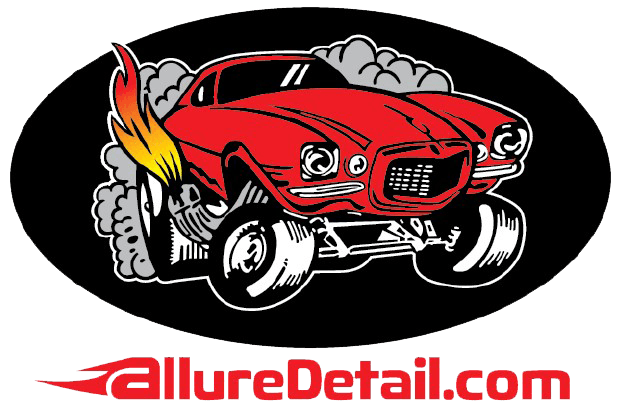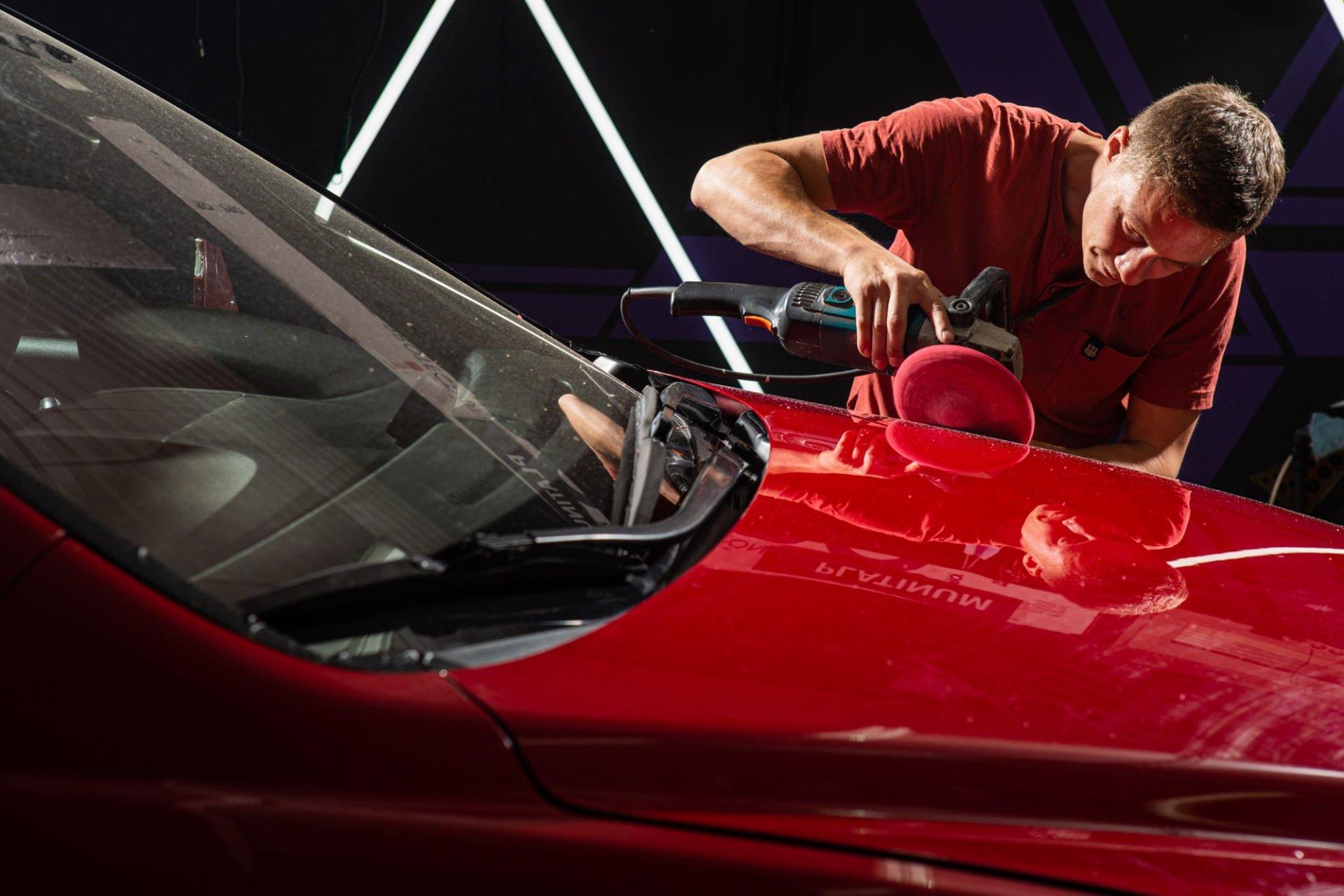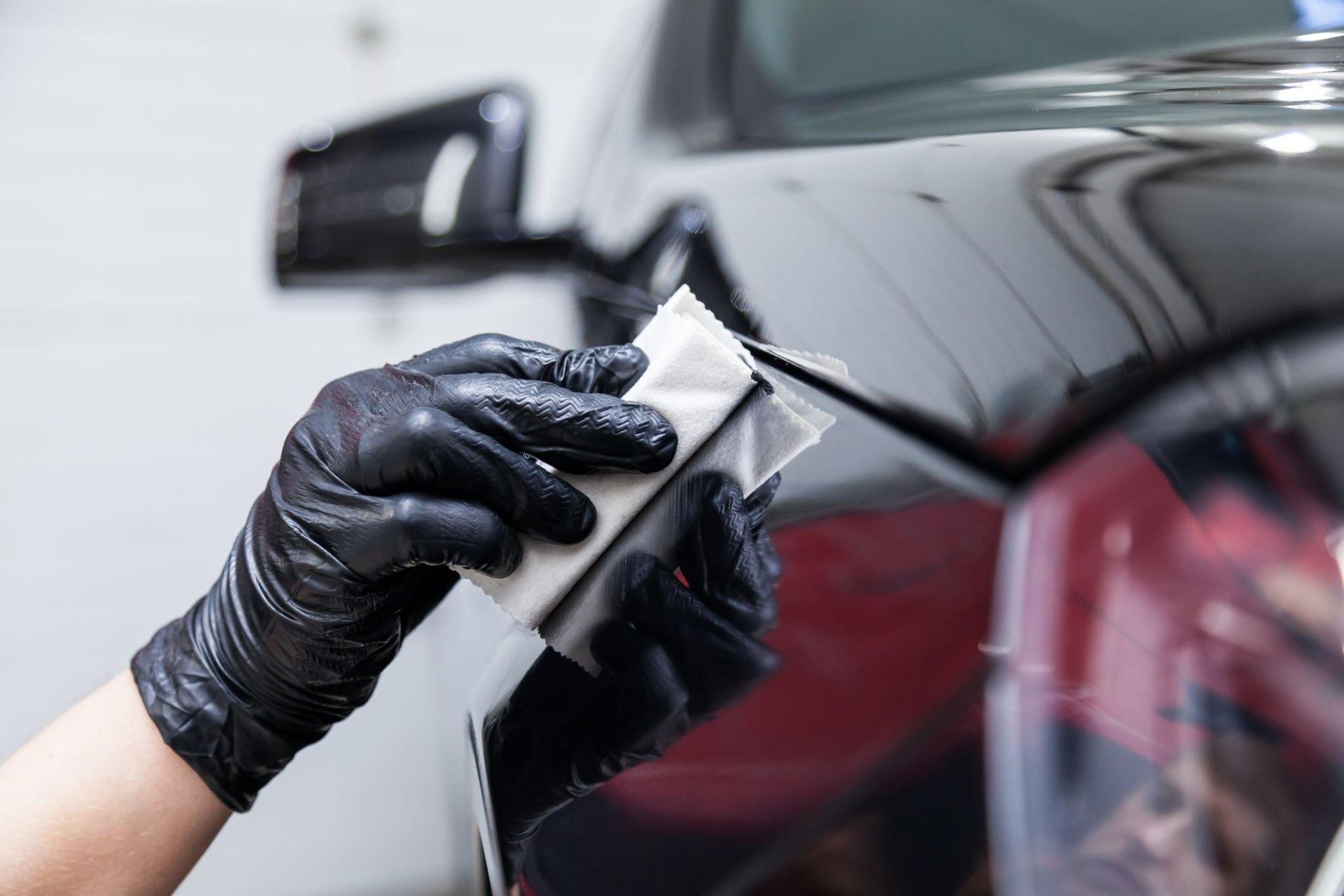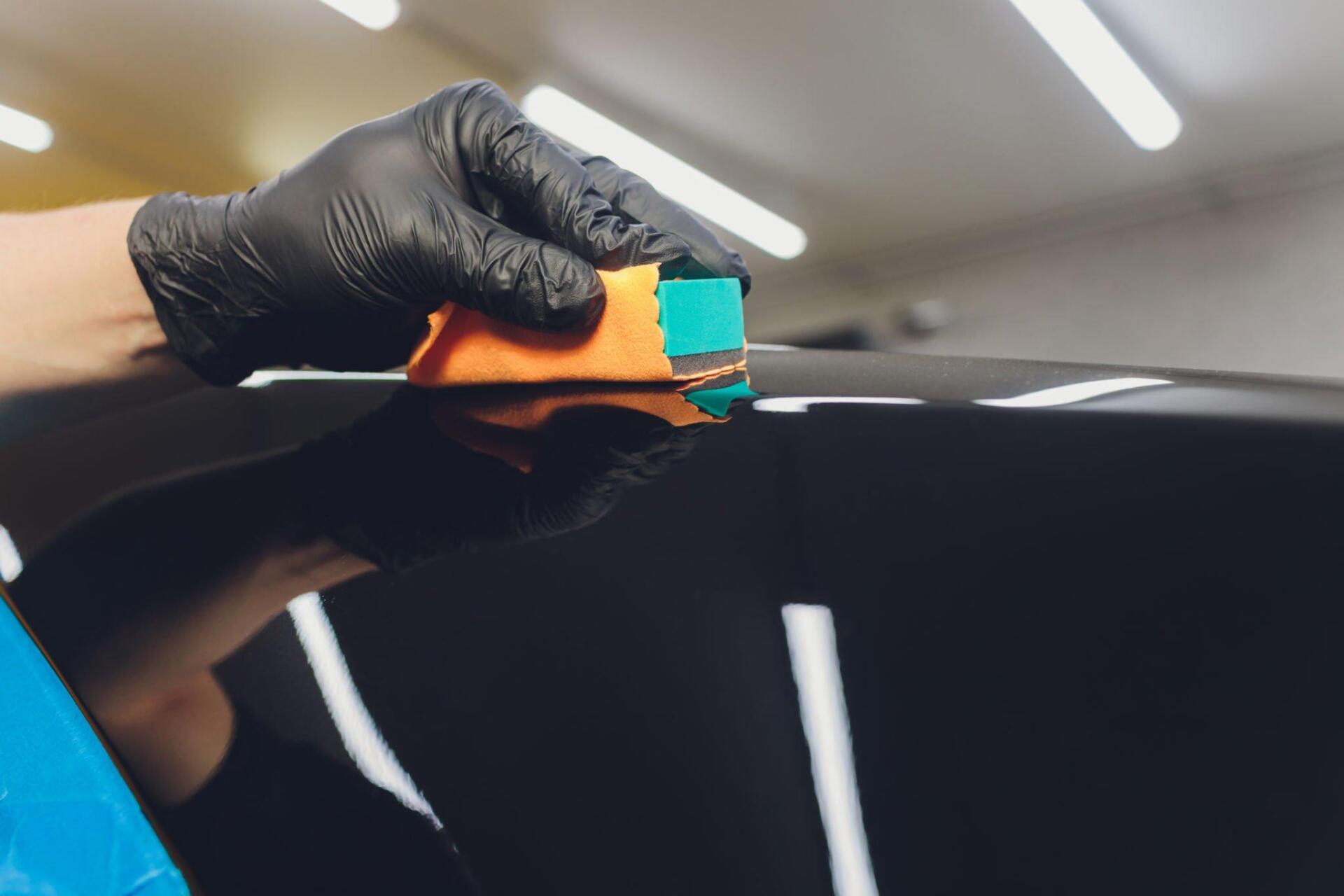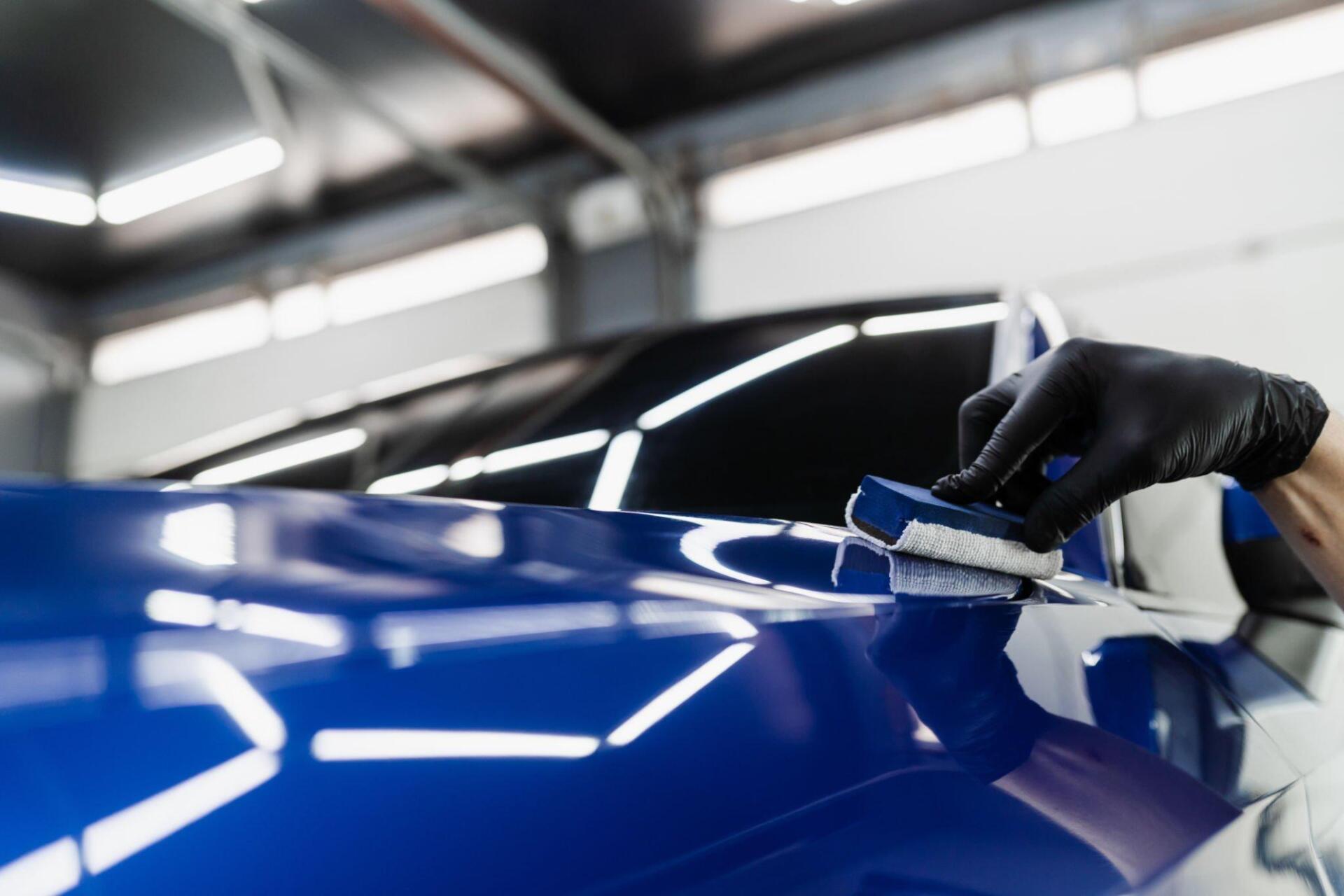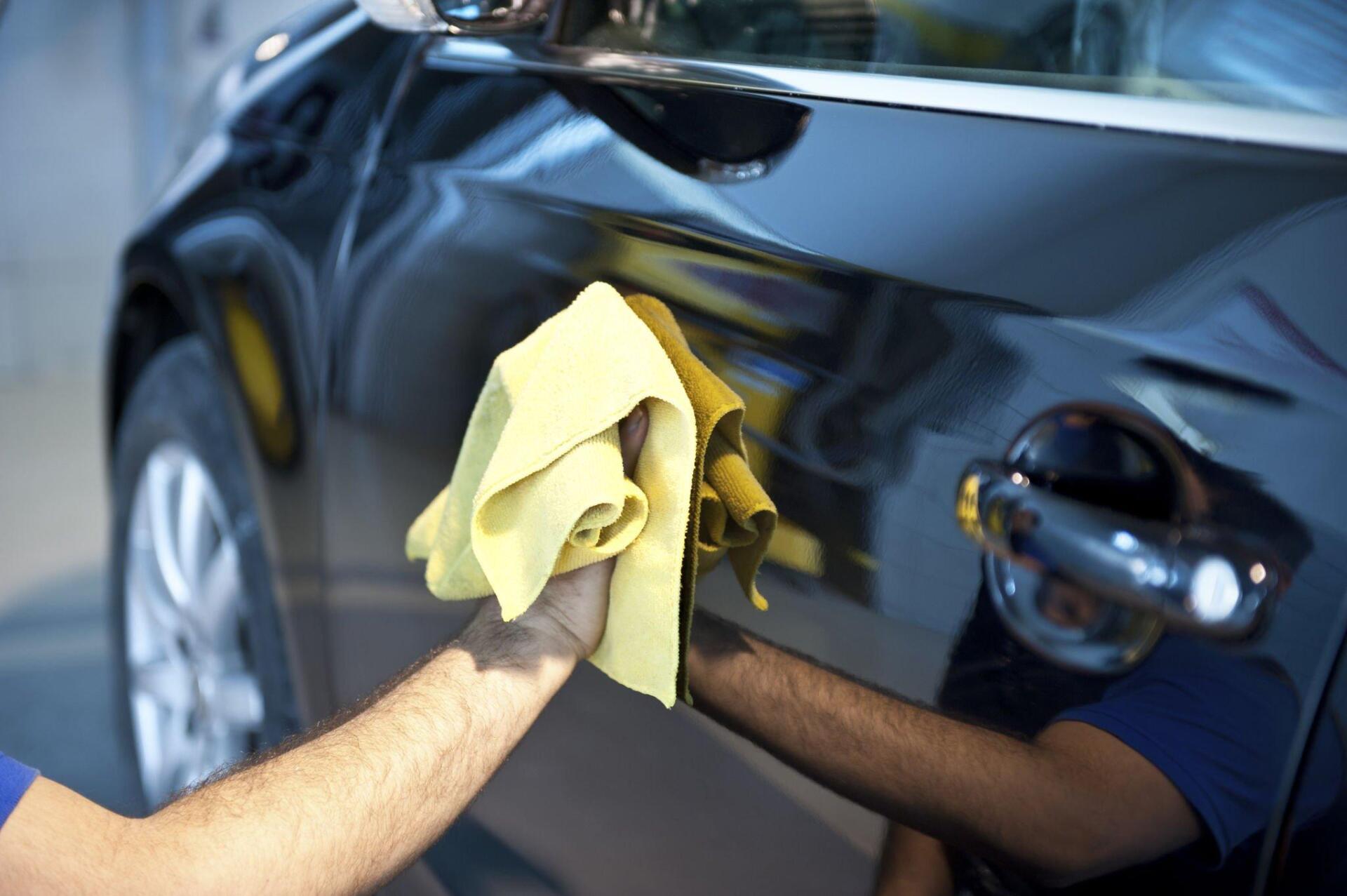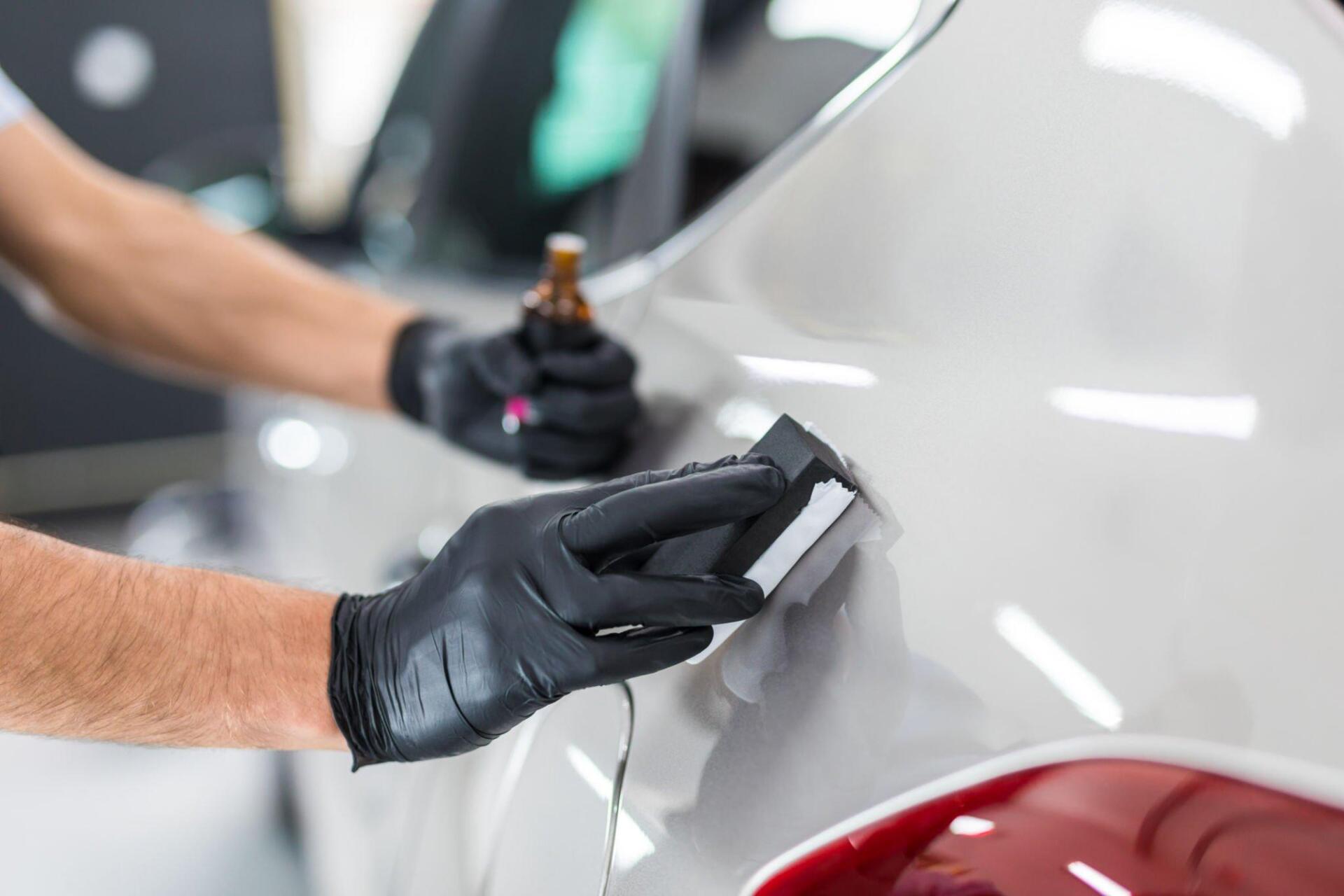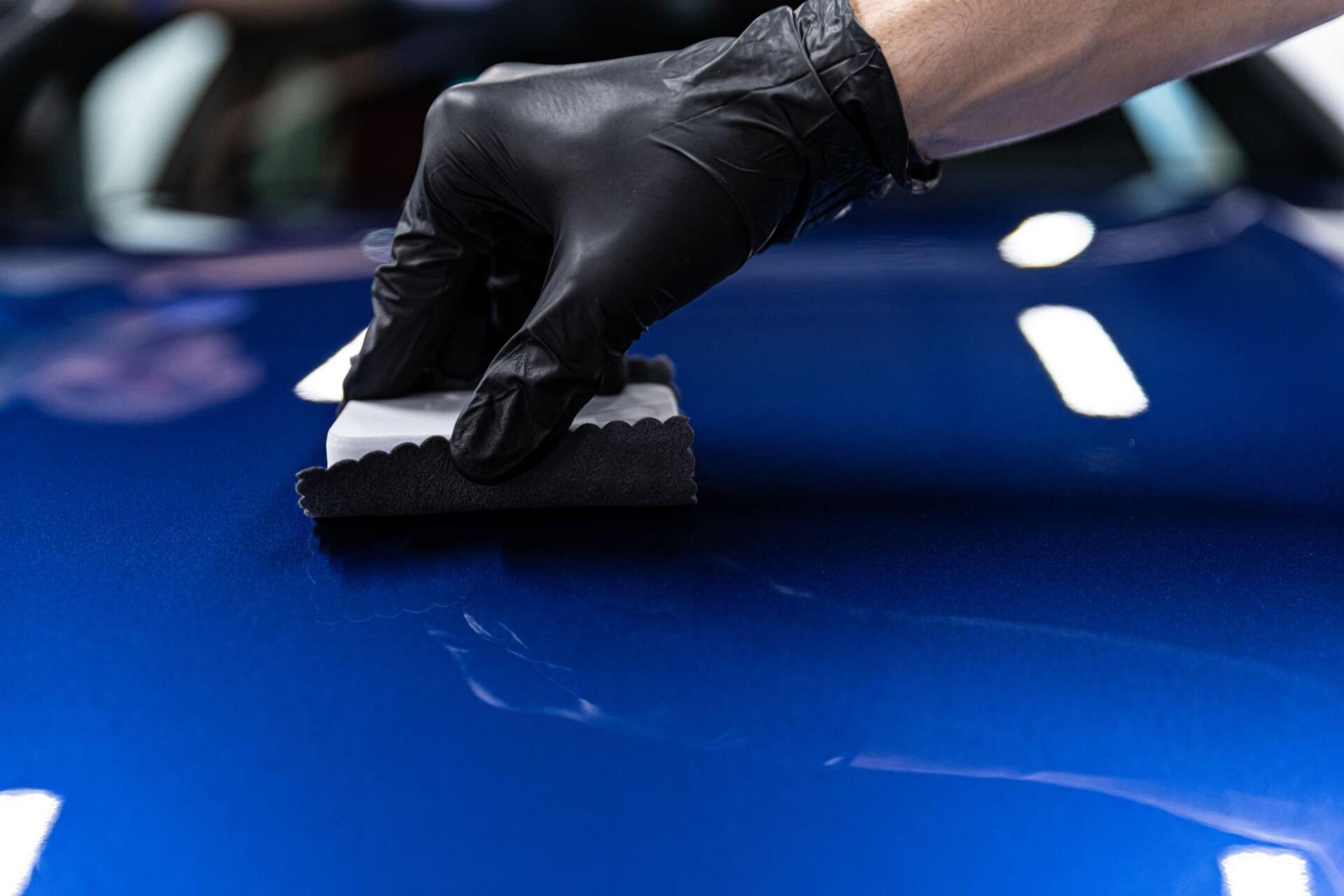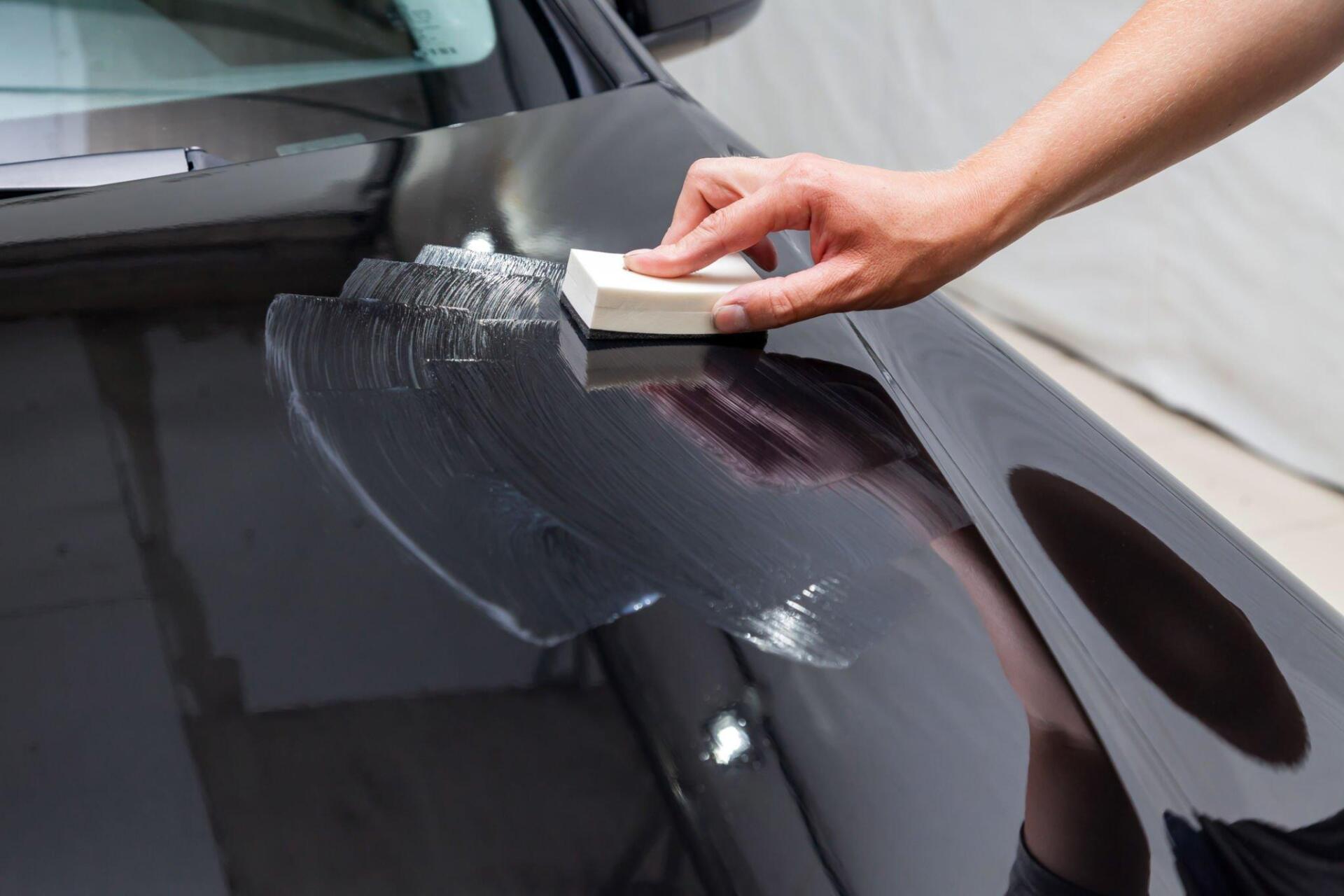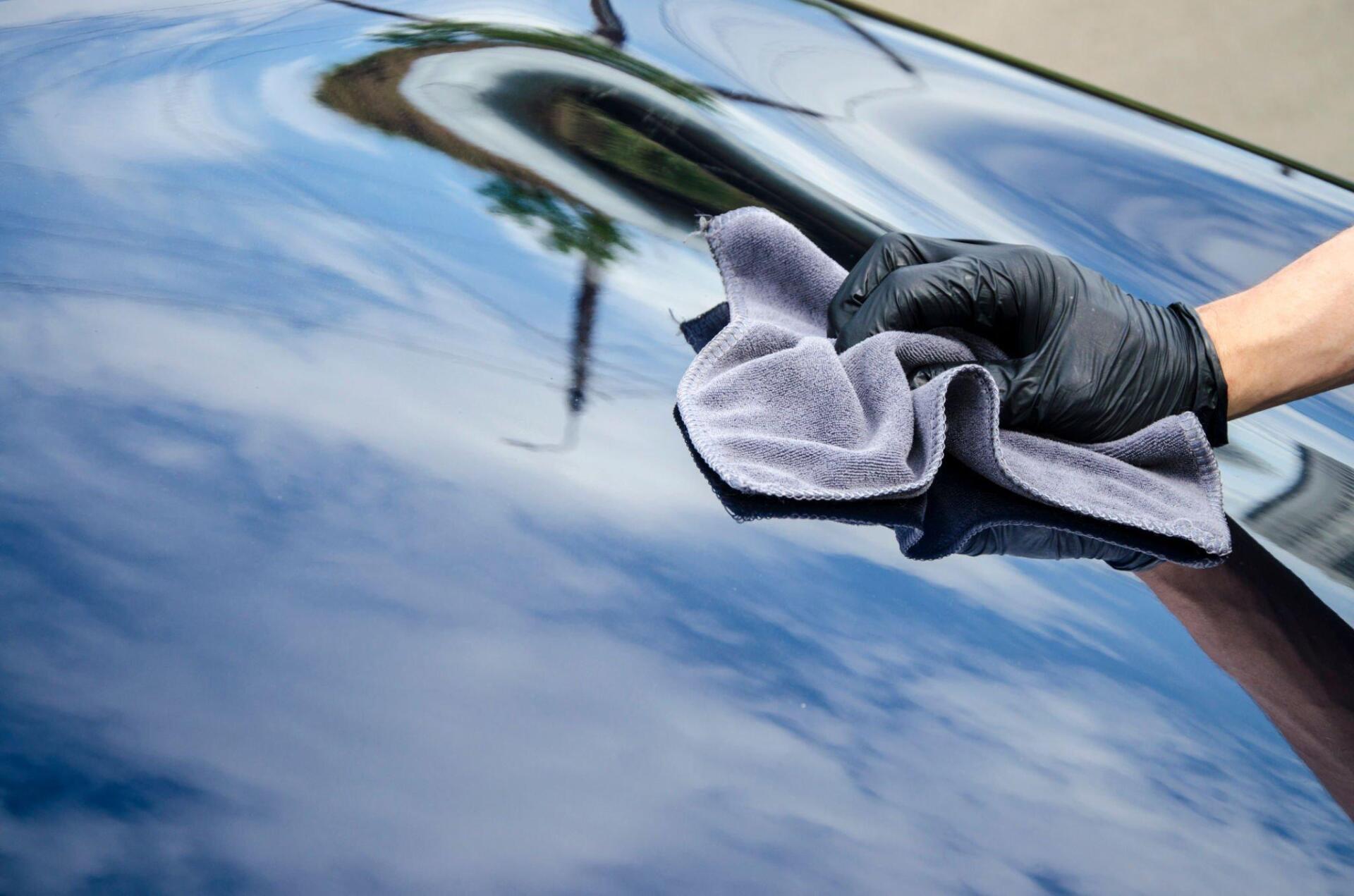Why Is It Important To Clay A Car While Detailing?
Why Is It Important To Clay A Car While Detailing?
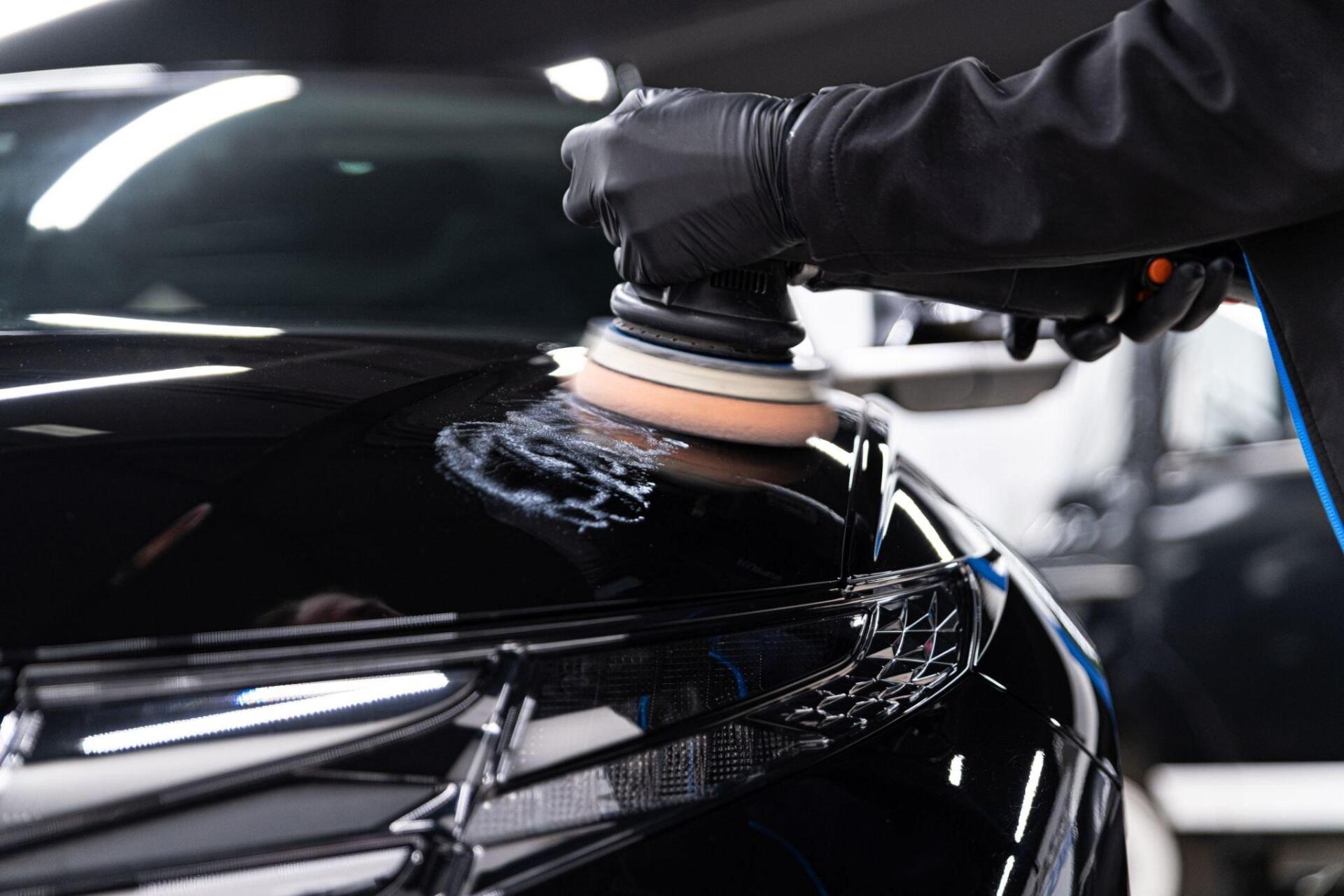
Detailing a car is about more than just making it look clean and shiny. It's also about ensuring that the vehicle's surface is smooth, free of contaminants, and protected from future damage.
A critical step in the detailing process is clay bar detailing, which involves using a specialized clay bar to remove contaminants from the car's surface.
In this article, we'll explain why clay bar detailing is essential and how it can help improve your vehicle's overall condition and appearance.
The Benefits of Clay a Bar Detailing
Here are some of the benefits of clay bar detailing:
- Removes contaminants: Clay bar detailing helps to remove contaminants such as dirt, grime, and tar from the surface of your car. These contaminants can accumulate over time and can be challenging to remove with regular washing and waxing.
- Improves paint finish: Clay bar detailing can help to improve the overall finish of your car's paint by removing contaminants that can cause the paint to appear dull or rough.
- Protects paint: Clay bar detailing helps to protect the paint on your car by removing contaminants that can cause damage over time.
- Increases the effectiveness of waxing: By removing contaminants from the surface of your car, clay bar detailing can help to increase the effectiveness of waxing, as the wax will be able to bond better to a clean, smooth surface.
- Improves overall appearance: By removing contaminants and improving the finish of your car's paint, clay bar detailing can help improve your vehicle's overall appearance.
Reasons Why Is It Important To Clay A Car While Detailing?
There are several reasons why it is essential to clay a car while detailing:
- Clay bar detailing helps to remove contaminants that regular washing and waxing cannot. Contaminants such as dirt, grime, and tar can accumulate on the surface of your car over time and can be challenging to remove with traditional cleaning methods. Clay bar detailing allows you to remove these contaminants and restore the smoothness of your car's paint.
- Clay bar detailing helps to improve the overall finish of your car's paint. Contaminants can cause the paint to appear dull or rough, but clay bar detailing can help to remove these contaminants and restore the shine to your car's paint.
- Clay bar detailing helps to protect your car's paint. Contaminants can cause damage to the paint over time, but by removing these contaminants with a clay bar, you can help to prevent this damage and protect your car's paint.
- Clay bar detailing increases the effectiveness of waxing. By removing contaminants from the surface of your car, clay bar detailing allows the wax to bond better to the clean, smooth surface, resulting in a longer-lasting and more effective wax job.
- Clay bar detailing improves the overall appearance of your car. By removing contaminants and improving the finish of your car's paint, clay bar detailing can help to make your car look cleaner, shinier, and more well-maintained.
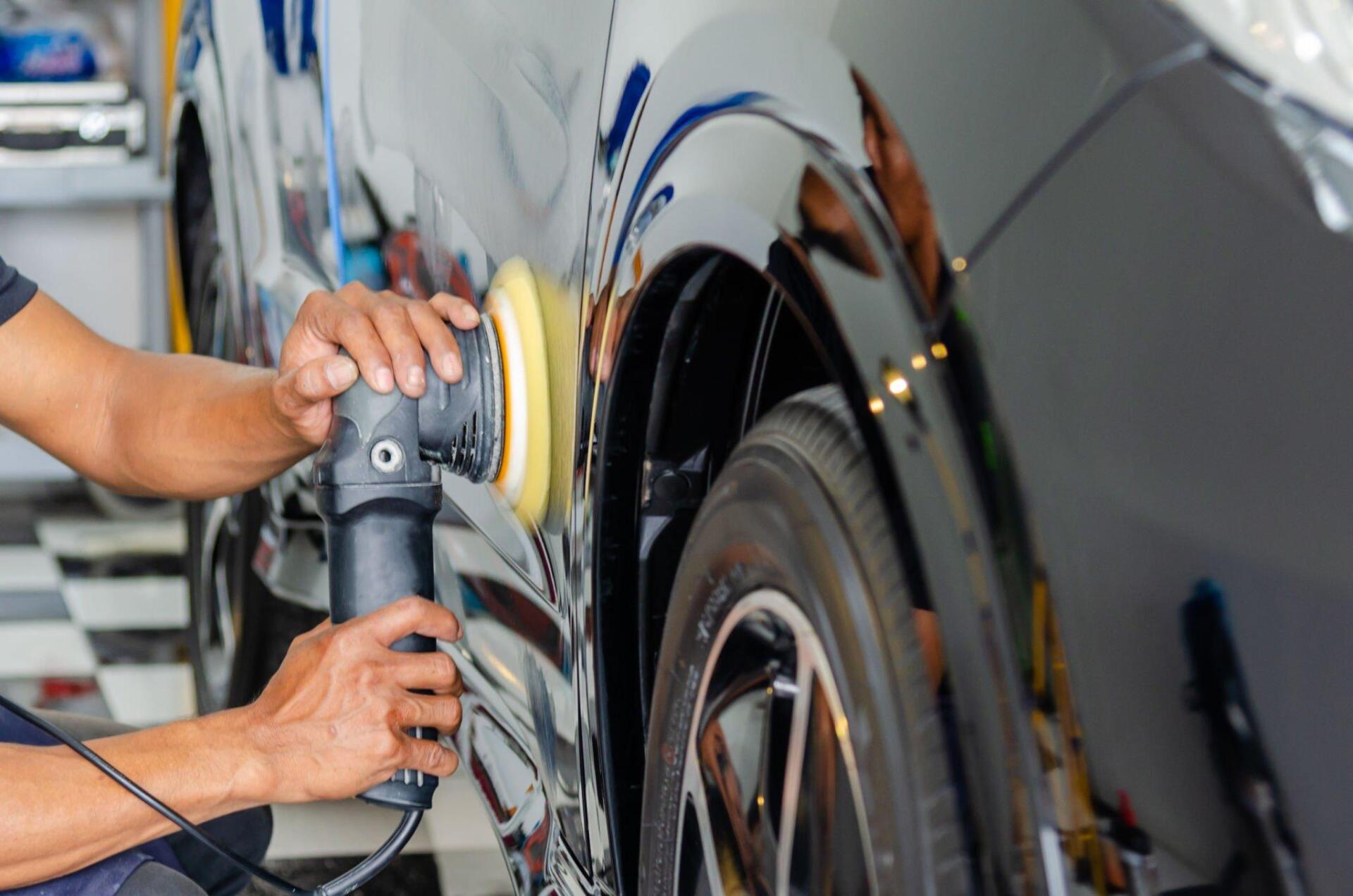
How Clay Bar Detailing Removes Contaminants from Your Vehicle's Surface
Clay bar detailing is an effective way to remove contaminants from your vehicle's surface and restore the paint's smoothness and shine. But how exactly does it work?
Here are the steps involved in clay bar detailing:
- Wash and dry your car: Before you begin clay bar detailing, it's essential to start with a clean surface. Wash and dry your car thoroughly to remove any loose dirt and debris.
- Divide the car into sections: To make the process more manageable, divide your car and work on one section at a time.
- Spray the surface with a lubricant: Before you begin using the clay bar, it's essential to spray the surface of the car with a lubricant. This will help the clay bar glide smoothly over the surface of the car and will also help to prevent any scratches.
- Knead the clay bar: Before you begin using the clay bar, it's important to knead it to soften it up and make it more pliable.
- Run the clay bar over the car's surface: Gently run the clay bar over the car's surface, using a back-and-forth motion. Use enough pressure to remove the contaminants, but not so much pressure that you risk scratching the paint.
- Wipe away the clay residue: Once you've finished running the clay bar over a section of the car, wipe away any clay residue with a clean, dry towel.
- Repeat the process: Continue dividing the car into sections and repeating the process until you've clayed the entire car.
- Wash and dry the car again: Once you've finished claying it, wash it and dry it to remove any remaining clay residue.
- Wax the car: After claying and washing the car, it's a good idea to apply a coat of wax to protect the paint and give it a shiny finish.
The Different Types of Clay Bars Available for Detailing
Several clay bars are available for details, each with unique features and benefits. Here are a few of the most common types:
- Traditional clay bars: Traditional clay bars are made of a soft, pliable clay material and are designed to remove contaminants from the surface of your car. These clay bars effectively remove contaminants, but they can be messy and challenging to work with if they become too dry.
- Synthetic clay bars: Synthetic clay bars are made from a synthetic material that is designed to be more durable and easier to use than traditional clay bars. These clay bars are less prone to drying out and are generally easier to work with, but they may not be as effective at removing contaminants as traditional clay bars.
- Clay towels: Clay towels are made from a microfiber material infused with a clay-like substance. These towels are designed to be used in place of traditional clay bars and are generally easier to use and less messy. However, they may not be as effective at removing contaminants as traditional clay bars.
- Clay mitts: Clay mitts are a type of glove with a clay-like substance infused into the surface. These mitts are designed to be worn on the hand and used in place of a clay bar. They are generally easier to use and less messy than traditional clay bars, but they may be less effective at removing contaminants.
Overall, the type of clay bar you choose will depend on your personal preferences and your car's needs. Try out several different types to see which works best for you.
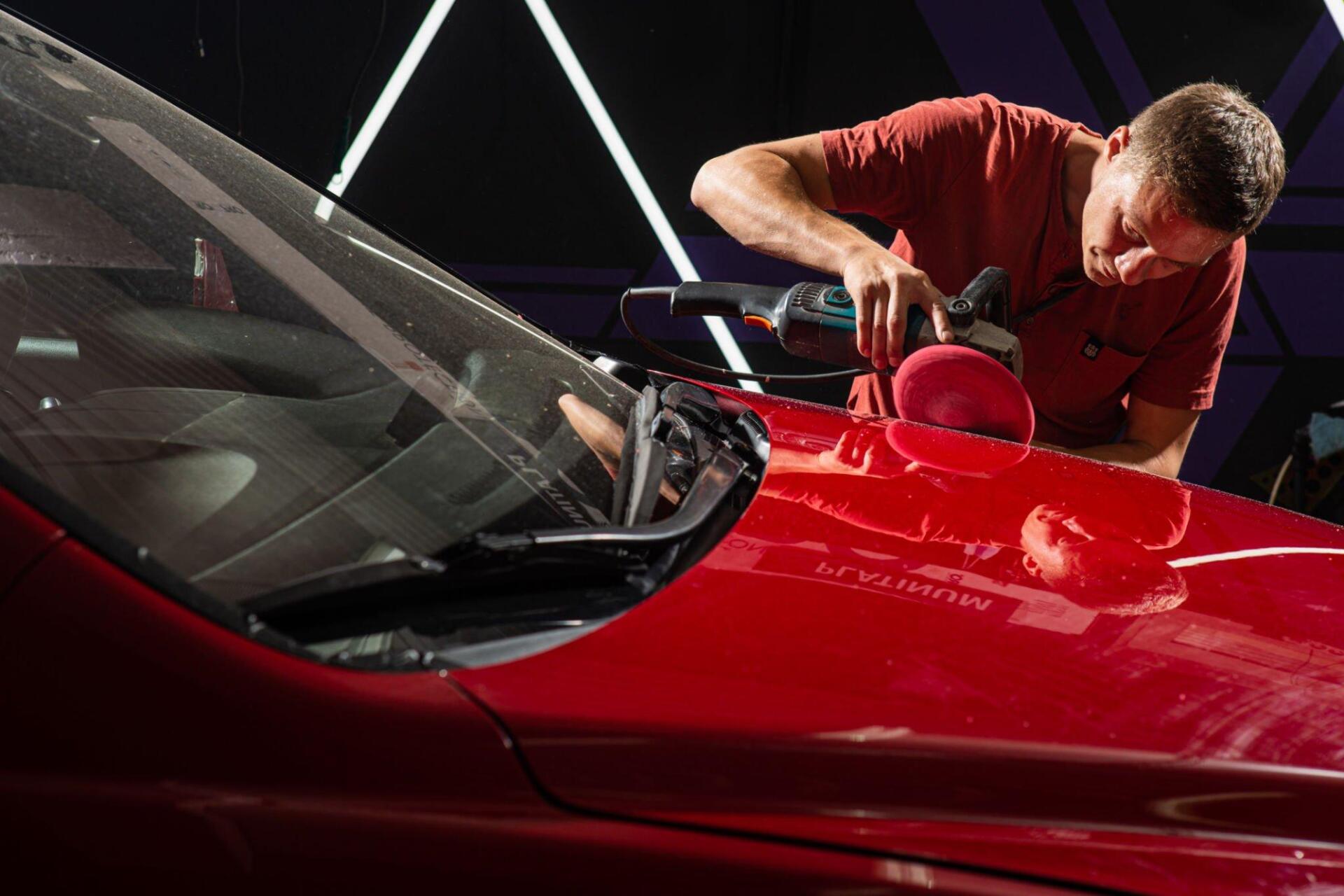
Tips for Using a Clay Bar Effectively During Detailing
Using a clay bar during the detailing process can help to remove contaminants and improve the finish of your car's paint, but it's essential to use it correctly to get the best results. Here are a few tips for using a clay bar effectively during detailing:
- Start with a clean surface: Before you begin using the clay bar, be sure to wash and dry your car thoroughly. This will help to remove any loose dirt and debris, making it easier for the clay bar to do its job.
- Use a lubricant: It's essential to use a lubricant when using a clay bar to help the clay glide smoothly over the car's surface and prevent any scratches. Be sure to spray the car's surface with a lubricant before you use the clay bar.
- Knead the clay bar: Before you begin using the clay bar, it's important to knead it to soften it up and make it more pliable. This will help the clay bar to work more effectively and make it easier to use.
- Use light pressure: When using the clay bar, use light pressure and a back-and-forth motion. Applying too much pressure could cause the clay bar to scratch the paint.
- Wipe away clay residue: After you've finished using the clay bar on a section of the car, wipe away any clay residue with a clean, dry towel. This will help to prevent any residue from drying and potentially causing scratches.
- Use a fresh piece of clay: Use a fresh piece of clay for each section as you work your way around the car. This will help to ensure that you remove as many contaminants as possible.
By following these tips, you can use a clay bar effectively during the detailing process and achieve the best possible results.
FAQ (Frequently Asked Questions)
Q: Can I use a traditional clay bar, or do I need to use a synthetic one?
A: Both traditional and synthetic clay bars can effectively remove contaminants from your car's surface. Traditional clay bars are made of a soft, pliable clay material and are designed to remove contaminants from the surface of your car. Synthetic clay bars are made from a synthetic material designed to be more durable and easier to use than traditional clay bars. The type of clay bar you choose will depend on your personal preferences and your car's needs.
Q: Can I use a clay bar on a car that has already been waxed?
A: Yes, it is generally safe to use a clay bar on a car that has already been waxed. Clay bar detailing is usually done before waxing, as it helps to remove contaminants from the surface of the car and prepares the surface for waxing. However, if you have already waxed your car and want to clay bar it, you can remove the wax before using the clay bar.
Q: Can I use a clay bar on a car with a wrap?
A: It is generally safe to use a clay bar on a car with a wrap as long as it is in good condition. A wrap is a type of film applied to the surface of a car to protect the paint or to change the car's appearance. Clay bar detailing can remove contaminants from the wrap's surface without damaging it. However, if you are concerned about the condition of the wrap or if you are wondering if it is in good condition, it's a good idea to consult a professional before using a clay bar.
Q: Can I use a clay bar on a car with black paint?
A: Yes, using a clay bar on a car with black paint is generally safe. Clay bar detailing can be used to remove contaminants from the surface of any colour of paint without damaging it. However, black paint can show scratches and swirl marks more quickly than other colours, so it's essential to be careful when using a clay bar and to use light pressure to prevent scratches.
Q: Can I use a clay bar with matte finish paint on a car?
A: It is generally safe to use a clay bar on a car with matte finish paint as long as it is in good condition. Matte finish paint is a type of paint that has a flat, non-reflective finish. Clay bar detailing can be used to remove contaminants from the surface of matte finish paint without damaging it. However, if you are concerned about the paint's condition or are unsure if it is in good condition, it's a good idea to consult with a professional before using a clay bar.
Conclusion
In conclusion, clay bar detailing is essential because it helps remove contaminants from your car's surface that regular washing and waxing may not be able to remove. These contaminants, such as dirt, grime, and tar, can accumulate over time and make your car's paint appear dull or rough.
Removing these contaminants with a clay bar can restore the smoothness and shine of your car's paint and protect it from damage. Clay bar detailing is also essential because it can increase the effectiveness of waxing, as the wax will be able to bond better to a clean, smooth surface.
Overall, clay bar detailing is essential in the detailing process because it helps improve your car's condition and appearance.
